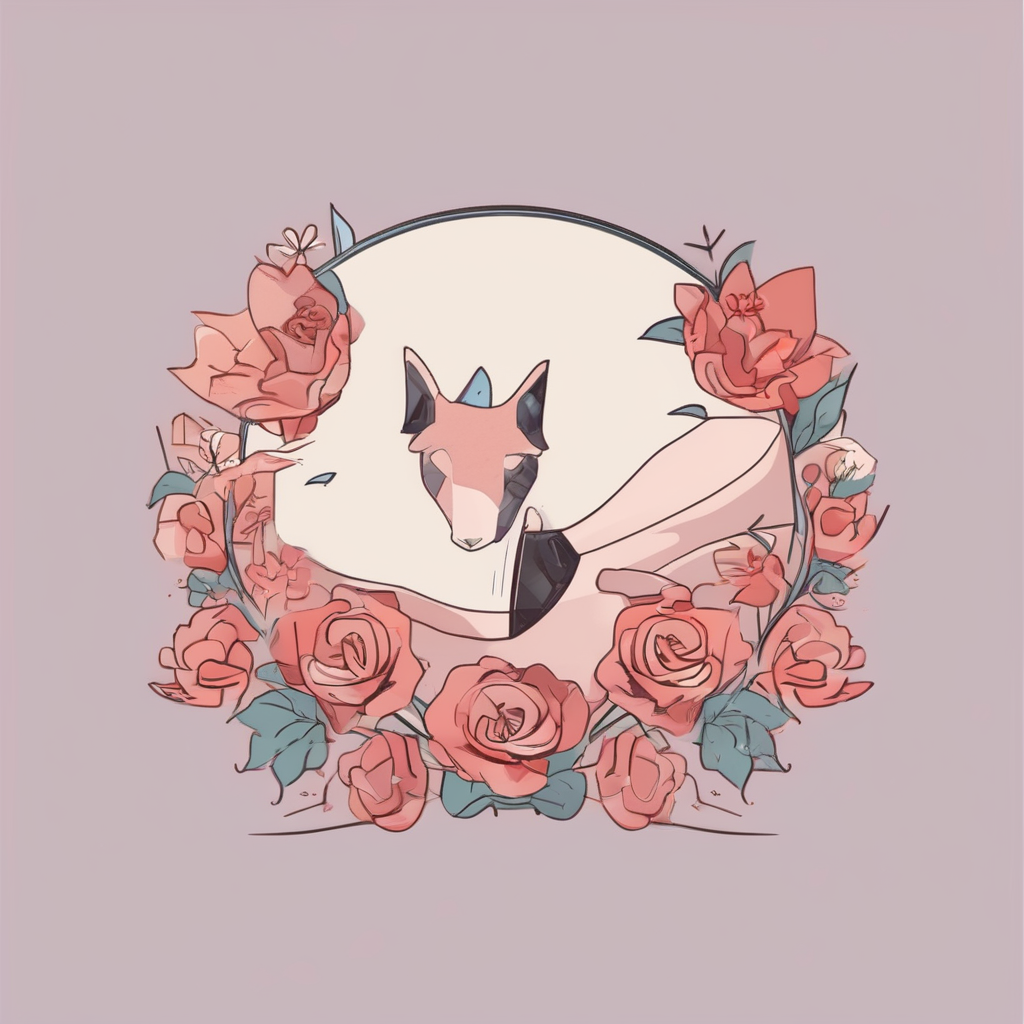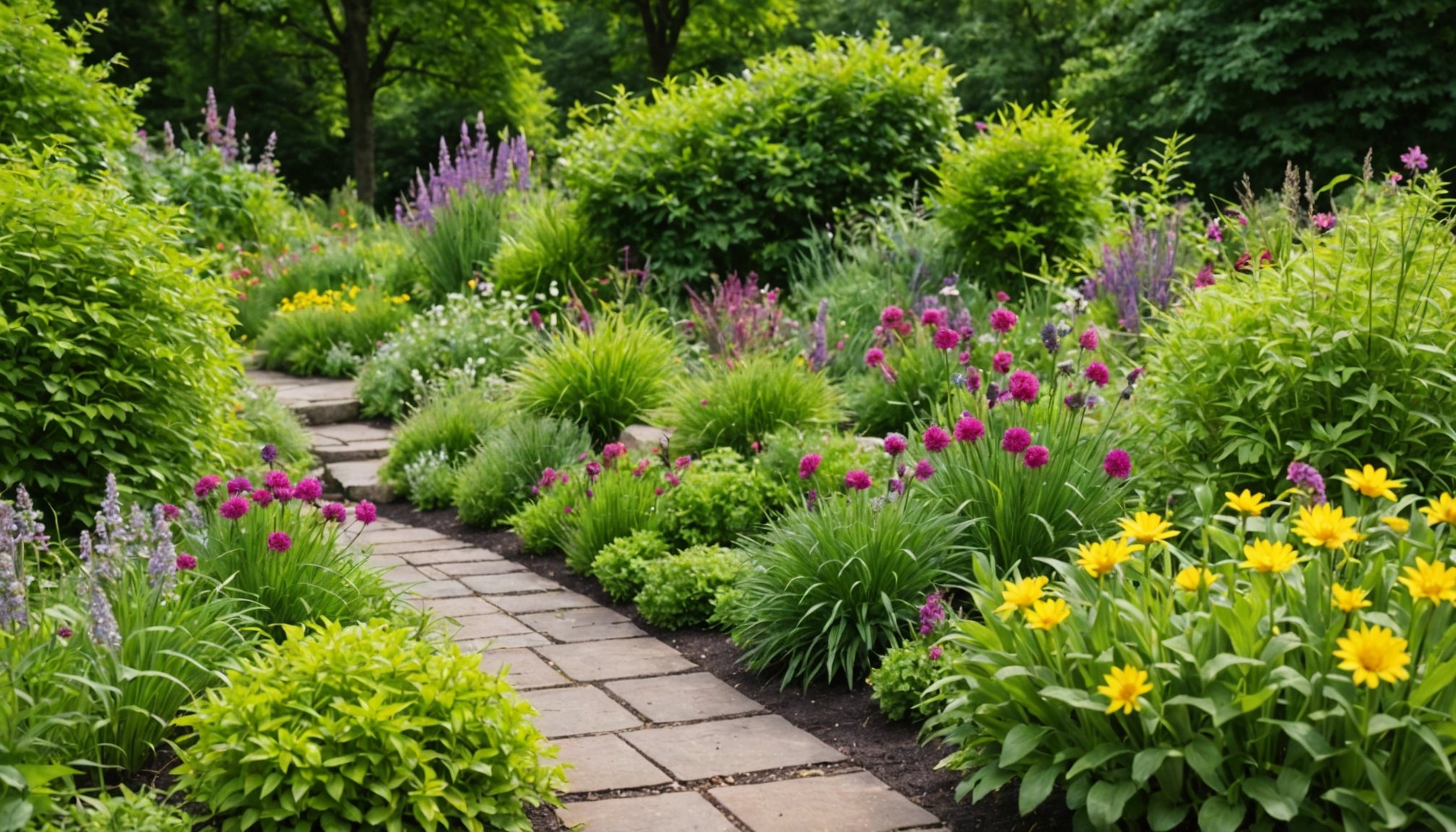Creating a wildlife-friendly garden is a rewarding endeavor that not only supports local ecosystems but also enhances your outdoor space. Many gardeners aspire to attract various species of birds, insects, and other animals to their gardens, providing them with the resources they need to thrive. In this article, we will explore the essential features you should consider when designing your garden to be a sanctuary for wildlife. From selecting the right plants to incorporating water sources, every element plays a crucial role in fostering a vibrant environment that nurtures both flora and fauna.
Choosing Native Plants
One of the most significant steps you can take in creating a wildlife-friendly garden is to choose native plants. These plants are adapted to your local climate and soil conditions, making them easier to maintain and more resilient to local pests and diseases. Native plants also provide the necessary food and habitat for local wildlife, including various species of birds, butterflies, and other insects. When selecting plants, consider including a mix of shrubs, trees, and flowering plants to create a diverse ecosystem.
In parallel : How can I create a sustainable garden using recycled materials?
Incorporating a variety of native species ensures that your garden blooms at different times of the year, offering continuous resources for wildlife. For instance, early spring bloomers like wildflowers can attract pollinators as they emerge from hibernation. Mid-summer plants provide nourishment during peak activity periods, while late bloomers support wildlife as they prepare for winter.
Additionally, think about the structure of your garden. Tall plants can offer shelter and nesting sites for birds, while lower plants provide ground cover to protect smaller creatures. By planting in layers—using taller plants towards the back and shorter plants in the front—you create a rich habitat that encourages wildlife to visit and stay.
Also read : What are the environmental benefits of planting trees in my backyard?
Therefore, opting for native plants not only beautifies your garden but also establishes a thriving ecosystem that benefits both animals and the surrounding environment.
Providing Water Sources
Water is an essential element for any wildlife-friendly garden. Many species of birds and animals rely on water for drinking and bathing. To accommodate this need, consider including a variety of water sources. A small pond, birdbath, or even a simple bowl filled with fresh water can make a significant difference in attracting wildlife.
When designing your water feature, aim for shallow areas where small creatures can access it without risk. A birdbath should have gentle slopes and a few rocks for birds to perch on while they drink or bathe. If you choose to create a pond, ensure it has a mix of depths; deeper areas provide refuge for amphibians, while shallow areas allow for easy access.
Keep in mind that water features need regular maintenance. Change the water in birdbaths frequently to prevent algae build-up and mosquito breeding. If you have a pond, consider adding native aquatic plants that can help filter the water and provide habitat for fish and other animals.
Establishing a reliable water source is a crucial aspect of your garden that will attract various species of wildlife. As they visit your garden for hydration, you will not only enjoy the beauty of their presence but also contribute to the health and sustainability of local ecosystems.
Creating Shelter and Nesting Sites
Shelter is vital for wildlife, providing protection from predators and harsh weather. When designing your garden, think about how you can create safe havens for animals. Dense thickets of shrubs and low-growing plants offer excellent cover for small creatures like rabbits and hedgehogs. Additionally, native trees can provide nesting sites for various bird species, enhancing the biodiversity of your garden.
Consider incorporating features such as brush piles or log piles in a corner of your garden. These can serve as both shelter and foraging areas for many species, including insects and small mammals. Many wildlife enthusiasts also advocate for leaving some areas of the garden a bit wild, allowing natural growth to provide habitats.
Birdhouses can also be a great addition to your garden. Choose designs that cater to specific bird species you wish to attract. Ensure they are placed in suitable locations, away from predators, and at varying heights. Planting climbing plants, such as vines over trellises, can provide additional nesting opportunities and shelter.
Creating a variety of shelter options will not only protect wildlife but also foster a thriving ecosystem within your garden. Witnessing birds nesting and small creatures taking refuge in your garden can be a delightful experience that deepens your connection with nature.
Implementing Sustainable Practices
To truly create a wildlife-friendly garden, it is essential to adopt sustainable gardening practices. This approach not only benefits local wildlife but also contributes to the overall health of the environment. Start by minimizing the use of chemical pesticides and fertilizers, which can harm beneficial insects, birds, and other animals. Instead, consider organic alternatives or integrated pest management strategies that prioritize the health of your garden ecosystem.
Incorporating composting into your gardening routine can significantly benefit your soil, providing nutrients without the need for chemical additives. Composting also reduces waste by recycling kitchen scraps and garden debris, aligning with sustainable practices.
Additionally, consider using rainwater collection systems to irrigate your garden. This practice conserves water while providing a natural source for your plants. By creating a rain garden or installing permeable paving, you can manage stormwater runoff and create habitats for wildlife at the same time.
Lastly, maintaining a diverse range of plants can help establish a balance in your garden. A mix of flowering plants, grasses, and ground covers can attract pollinators while providing habitats for various creatures. By focusing on sustainability, you contribute to the health of your garden and the wider environment, ensuring it remains a haven for wildlife.
Building a wildlife-friendly garden is a fulfilling journey that enriches both your life and the lives of local animals and birds. By choosing native plants, providing water sources, creating shelter, and implementing sustainable practices, you can create an oasis that supports and nurtures wildlife. This effort not only benefits the ecosystem but also allows you to enjoy the beauty and diversity of nature in your own backyard. Embrace the opportunity to make a positive impact on local wildlife while enjoying the serenity and joy that a thriving garden brings. With thoughtful planning and dedication, your garden can become a vital sanctuary for the species that share our planet.











